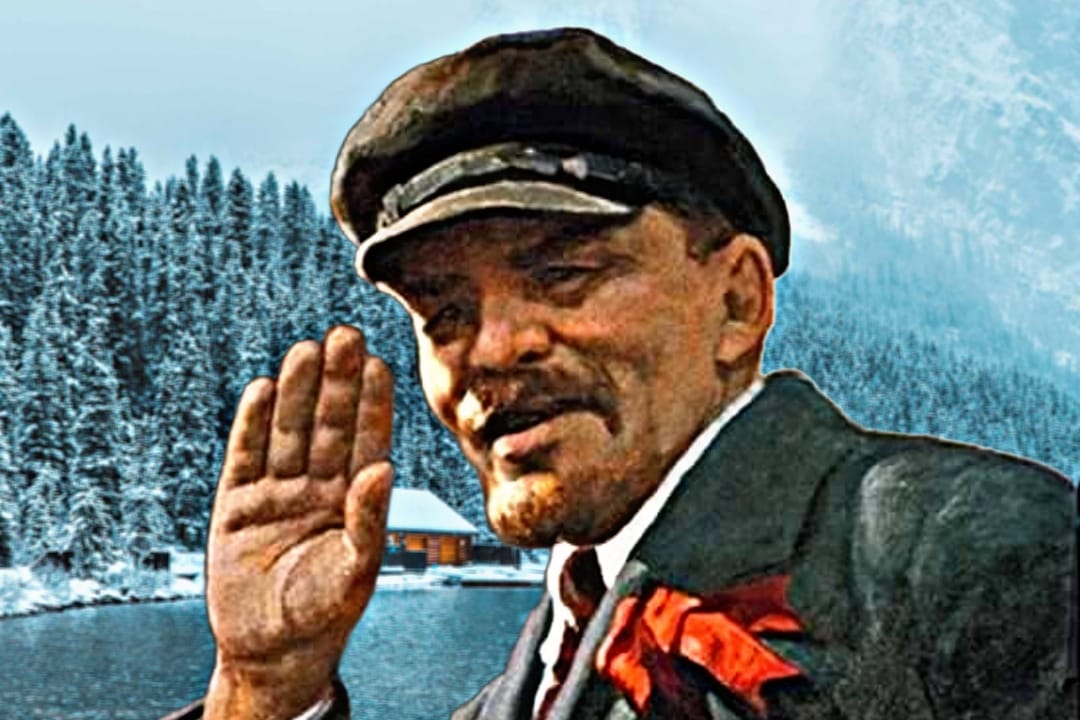Vladimir Lenin was one of the most influential figures of the 20th century, a revolutionary leader whose ideas, leadership, and actions dramatically reshaped the political landscape of Russia and the world. As the architect of the Russian Revolution and the founder of the Soviet Union, Lenin’s impact on global history is immeasurable. His contributions to Marxist theory, his role in the Bolshevik Revolution, and his leadership of the Soviet state left a lasting legacy that continues to influence political thought and regimes today.
In this article, we will explore the life, ideology, political career, and legacy of Vladimir Lenin, examining how his revolutionary vision transformed Russia and how his legacy continues to be studied and debated.
Early Life and Background
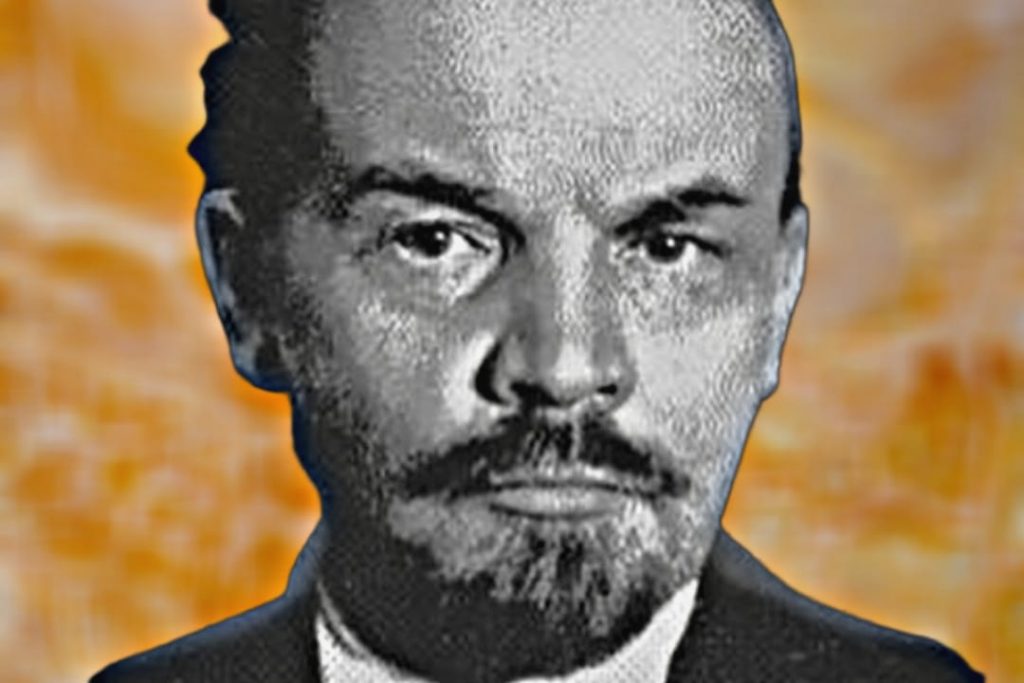
Vladimir Ilyich Ulyanov, later known as Lenin, was born on April 22, 1870, in the city of Simbirsk (now Ulyanovsk), Russia, to a family of the Russian middle class. His father, Ilya Ulyanov, was a schoolteacher and a government official, and his mother, Maria Alexandrovna, was from a noble family. The Ulyanov family valued education, and young Vladimir was a gifted student.
Vladimir Lenin early life was marked by tragedy. When he was just 16 years old, his father passed away, and soon after, his older brother, Alexander, was executed for attempting to assassinate Tsar Alexander III. This event had a profound impact on Lenin, radicalizing him and pushing him toward revolutionary politics. The execution of his brother would later be a major motivator in Lenin’s pursuit of political change and the destruction of the tsarist autocracy.
Vladimir Lenin excelled academically, and he attended the University of Kazan, where he studied law. It was during this time that he became involved in radical politics. His early exposure to Marxist literature and revolutionary ideas, combined with his personal experiences, led him to adopt the ideology that would shape his life’s work. Vladimir Lenin joined a group of Marxist students and intellectuals, and by 1893, he had fully committed himself to the cause of overthrowing the existing political order.
The Rise of Lenin’s Political Ideology
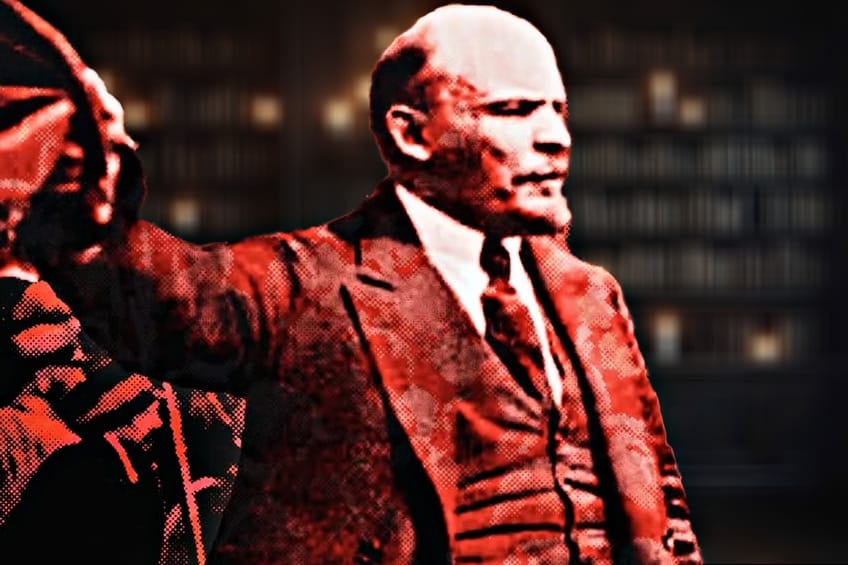
Vladimir Lenin’s political ideology was heavily influenced by Karl Marx and Friedrich Engels. Marxist theory, which calls for the overthrow of capitalist systems and the establishment of a dictatorship of the proletariat, was the basis of Lenin’s thinking. However, Vladimir Lenin interpretations of Marxism—what became known as Leninism—were distinct and would later define his leadership style and his vision for the future of Russia.
Vladimir Lenin early revolutionary activities led to his arrest and exile to Siberia in 1897, where he spent three years. During his time in exile, Lenin continued to write extensively and refine his ideas. He became deeply involved in the development of the Russian Social Democratic Labour Party (RSDLP), a Marxist political party that sought to overthrow the tsarist regime and establish a socialist state. Lenin’s commitment to revolutionary change was unwavering, and he argued for the need for a highly disciplined, centralized party of professional revolutionaries to lead the working class to victory.
Upon his release from exile, Lenin traveled through Europe and continued to develop his ideas, writing some of his most important works, including What Is to Be Done? (1902), in which he outlined his vision for a revolutionary party. Vladimir Lenin argued that a vanguard party of professional revolutionaries was essential for leading the workers to revolution, rejecting the idea that a spontaneous revolution would emerge from the working class without leadership.
Vladimir Lenin theory of the vanguard party was one of the key aspects of his Leninist ideology. Unlike traditional Marxists who believed in the gradual development of socialism through democratic means, Lenin advocated for a more centralized and militant approach, with a tightly organized party leading the revolution on behalf of the proletariat. This approach would become the cornerstone of the Bolshevik Party and play a central role in the 1917 Russian Revolution.
The 1905 Revolution and the Formation of the Bolshevik Party
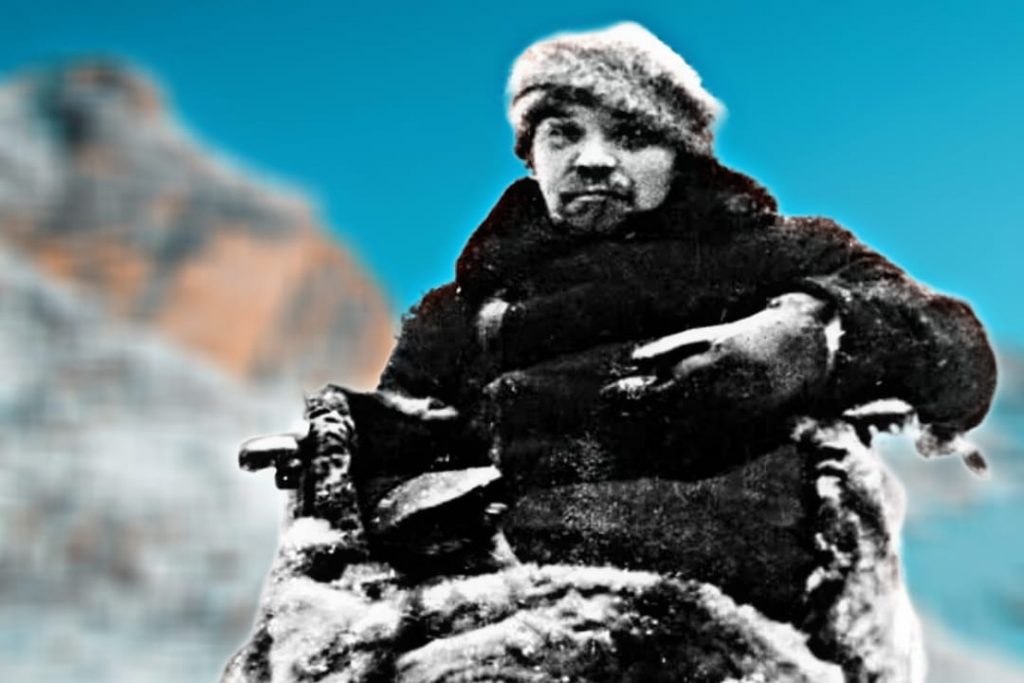
In 1905, Russia was shaken by a wave of unrest and protests against the autocratic tsarist government. This period, known as the 1905 Revolution, was a precursor to the larger revolution that would occur twelve years later. While the 1905 Revolution ultimately failed to overthrow Tsar Nicholas II, it had a significant impact on Lenin and the Russian political landscape. It showed that there was a deep desire for change among the Russian population, and it demonstrated the power of organized revolutionary movements.
During this time, Lenin began to lead the more radical wing of the Russian Social Democratic Labour Party, which would later become the Bolshevik Party. Vladimir Lenin Bolsheviks differed from the Menshevik faction in their approach to revolutionary strategy. While the Mensheviks believed in working with other liberal and socialist groups to gradually bring about reform, the Bolsheviks under Lenin’s leadership believed that only through direct, violent revolution could the tsarist regime be overthrown and a socialist state established.
After the failure of the 1905 Revolution, Vladimir Lenin was once again forced into exile, but he continued to lead the Bolshevik Party from abroad. His writings, speeches, and revolutionary activism helped build a strong and committed cadre of supporters. By 1917, Lenin and his followers were poised to lead the next, and ultimately successful, revolution.
The Russian Revolution of 1917
The Russian Revolution of 1917 was the culmination of years of revolutionary activity, social unrest, and political instability in Russia. By 1917, Russia was embroiled in World War I, and the country was facing economic collapse, food shortages, and widespread dissatisfaction with the monarchy. The February Revolution of 1917 led to the abdication of Tsar Nicholas II, and the establishment of a provisional government that was supposed to lead Russia toward a more democratic system.
However, the provisional government was weak and failed to address the demands of the people, especially regarding the continuation of Russia’s involvement in World War I. This created an opportunity for Lenin and the Bolsheviks. In April 1917, Lenin returned to Russia from his exile in Switzerland, with the help of the Germans, who saw the Bolsheviks as a way to destabilize the Russian government. Vladimir Lenin return marked the beginning of the Bolshevik push for power.
In his famous April Theses, Vladimir Lenin called for the overthrow of the provisional government, the establishment of a socialist government, and the end of the war. Vladimir Lenin slogan, “Peace, Land, and Bread,” resonated deeply with the Russian population, especially soldiers and peasants, who were disillusioned with the ongoing war and the hardships they faced.
The Bolsheviks, under Vladimir Lenin leadership, rapidly gained support from the working class and soldiers. By October 1917, the Bolsheviks had enough power to launch the October Revolution, seizing control of the government in a largely bloodless coup. Vladimir Lenin played a crucial role in directing the revolution and securing Bolshevik power. The success of the October Revolution was the beginning of the end for the Russian Empire and the start of the Soviet Union.
Vladimir Lenin Leadership in the Soviet Union
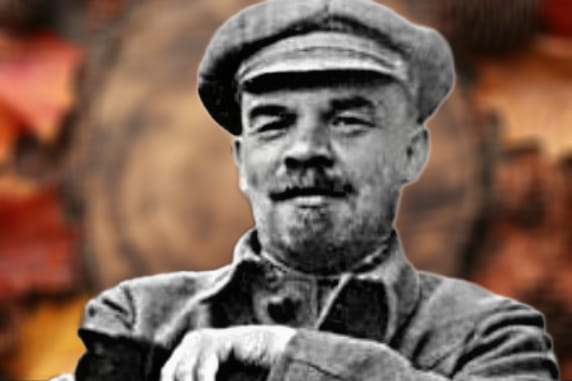
Once the Bolsheviks took power, Vladimir Lenin became the head of the new Soviet government. His leadership during the Russian Civil War (1917–1923), which followed the revolution, was critical to the survival of the new socialist state. The civil war was fought between the Bolshevik “Reds” and a coalition of anti-Bolshevik forces, known as the “Whites,” which included monarchists, liberals, and foreign powers that opposed the revolution.
The war was brutal and devastating for Russia, but Vladimir Lenin leadership was key to the eventual victory of the Bolsheviks. He implemented a policy of War Communism, which involved nationalizing industry, requisitioning grain from peasants, and centralizing economic control to support the war effort. Although these policies caused widespread suffering and resentment, they were seen as necessary to win the civil war and secure Bolshevik power.
During this time, Lenin also took significant steps to consolidate Bolshevik control over Russia. The Cheka, the Bolshevik secret police, was established to suppress opposition, and political opponents were arrested, exiled, or executed. Despite the authoritarian methods, Vladimir Lenin and his supporters believed that these actions were necessary to protect the revolution and ensure the survival of the socialist state.
Lenin also oversaw the withdrawal of Russia from World War I through the Treaty of Brest-Litovsk in 1918, which ended the war between Soviet Russia and the Central Powers. The treaty was controversial because it ceded large amounts of Russian territory to Germany, but Lenin argued that it was necessary to consolidate power within Russia and focus on the internal revolution.
Vladimir Lenin Health and Decline
Vladimir Lenin health began to deteriorate in the early 1920s. In 1922, he suffered a series of strokes, which left him incapacitated. Despite his declining health, Lenin remained involved in political decision-making until 1923. However, by this time, the power struggles within the Communist Party had begun. Vladimir Lenin illness left a leadership vacuum, and his successors, most notably Joseph Stalin, would soon begin to consolidate power.
In 1924, Lenin passed away at the age of 53. His death marked the end of an era for the Soviet Union, but his influence continued to loom large over the country and the Communist movement.
Lenin’s Legacy
Vladimir Lenin’s legacy is a topic of intense debate. On one hand, he is hailed as the leader who brought about the first successful socialist revolution and founded the Soviet Union. His ideas, particularly his interpretation of Marxism, shaped Soviet policy for decades, and his role in establishing the totalitarian state is undeniable.
On the other hand, Lenin’s methods and the policies he implemented—such as the suppression of political opposition, the use of violence to maintain control, and the centralization of power—have been heavily criticized. Many argue that Vladimir Lenin vision of a “dictatorship of the proletariat” led to the creation of a totalitarian regime that betrayed the ideals of the revolution.
Nevertheless, Lenin remains one of the most important figures in world history. His ideas influenced revolutionary movements across the globe, and his leadership during the Russian Revolution continues to be studied in political science and history courses. In Russia, Lenin’s legacy remains complex; his body is embalmed and displayed in a mausoleum in Red Square, a symbol of his lasting impact on the country.

